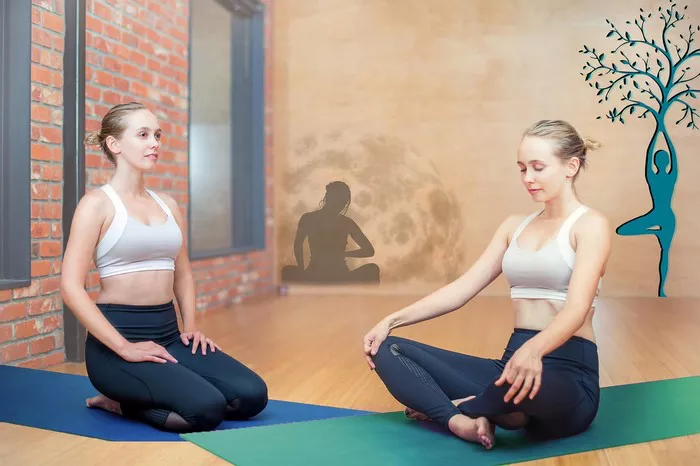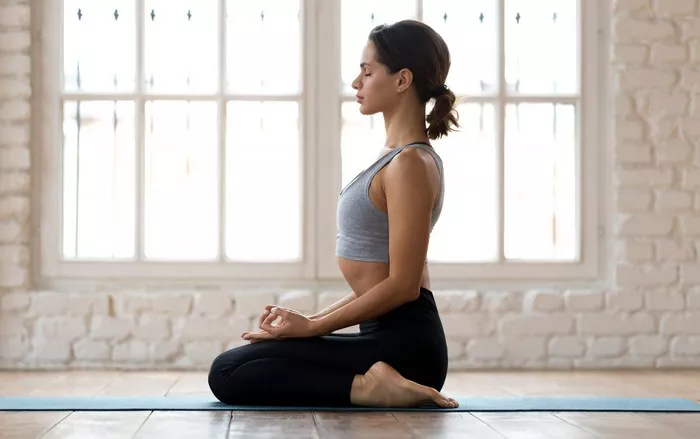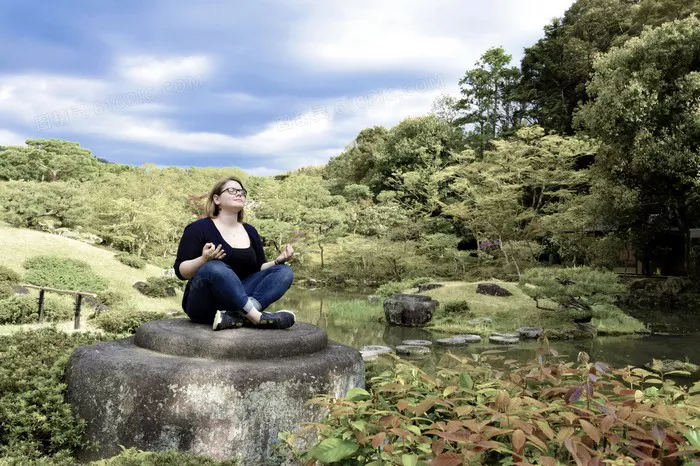Vinyasa yoga is one of the most popular styles of yoga, widely practiced for its dynamic flow, breath coordination, and creative sequencing. Rooted in the principle of linking movement with breath, Vinyasa yoga offers practitioners a seamless and fluid experience that enhances flexibility, strength, and mental clarity. In this article, we will explore how Vinyasa yoga is done, including its core principles, techniques, benefits, and how to practice it effectively.
Understanding Vinyasa Yoga
The term “Vinyasa” comes from the Sanskrit words “vi,” meaning “in a special way,” and “nyasa,” meaning “to place.” Together, Vinyasa refers to the conscious and deliberate sequencing of yoga postures that create a continuous and harmonious flow. Unlike static yoga styles where poses are held for extended periods, Vinyasa yoga encourages movement and transitions, making it dynamic and engaging.
Vinyasa yoga is often described as a “moving meditation” because it integrates breath awareness with fluid movement, allowing practitioners to cultivate mindfulness while building physical strength and flexibility.
Principles of Vinyasa Yoga
To understand how Vinyasa yoga is done, it is essential to grasp its foundational principles:
Breath Awareness (Pranayama) – Each movement in Vinyasa yoga is synchronized with the breath, typically inhaling to expand and exhaling to contract or transition. The breath acts as a guide, helping maintain a steady pace and focus.
Continuous Flow – Unlike Hatha yoga, which focuses on holding postures, Vinyasa yoga emphasizes a seamless transition from one pose to another. The movements are often choreographed into sequences that create a fluid experience.
Sun Salutations (Surya Namaskar) – Sun Salutations are a fundamental component of Vinyasa yoga. These sequences of poses act as warm-ups, setting the rhythm for the practice while building heat in the body.
Creative Sequencing – Vinyasa yoga does not have a fixed sequence like Ashtanga yoga. Instead, each class can have a unique arrangement of poses, offering variety and adaptability to different levels of practitioners.
Mindfulness and Intention – Practicing Vinyasa yoga requires awareness of movement and breath, allowing practitioners to cultivate presence and intention with each transition.
How to Practice Vinyasa Yoga
Preparing for Your Practice
Before starting Vinyasa yoga, consider the following preparation steps:
Choose a Suitable Space – Find a quiet and open space with enough room to move freely.
Use a Yoga Mat – A non-slip yoga mat helps maintain stability during transitions.
Wear Comfortable Clothing – Opt for breathable and flexible attire to allow unrestricted movement.
Hydrate and Avoid Heavy Meals – Drink water before practice but avoid heavy meals at least an hour before starting.
Starting with Centering and Breathwork
Begin your Vinyasa yoga session by centering yourself. Sit in a comfortable position, close your eyes, and take deep breaths. Use diaphragmatic breathing (also known as Ujjayi breath), where you inhale deeply through the nose and exhale slowly, slightly constricting the throat. This controlled breath enhances focus and energy flow throughout the practice.
Sun Salutations: The Foundation of Vinyasa Yoga
Sun Salutations (Surya Namaskar) serve as a warm-up sequence that links breath with movement. A basic Sun Salutation includes:
Mountain Pose (Tadasana) – Stand tall with feet together, grounding yourself.
Upward Salute (Urdhva Hastasana) – Inhale and raise arms overhead.
Forward Fold (Uttanasana) – Exhale and hinge at the hips to fold forward.
Halfway Lift (Ardha Uttanasana) – Inhale and lift the torso halfway.
Plank Pose (Phalakasana) – Exhale and step back into a high plank.
Chaturanga Dandasana – Lower into a half push-up position.
Upward-Facing Dog (Urdhva Mukha Svanasana) – Inhale and lift the chest while extending the legs.
Downward-Facing Dog (Adho Mukha Svanasana) – Exhale and lift hips towards the ceiling.
Repeat Steps in Reverse – Move back to Mountain Pose.
Flowing Through Sequences
A standard Vinyasa flow incorporates a variety of poses that can be customized based on the practitioner’s level. Some common poses include:
Standing Poses – Warrior I, Warrior II, Triangle Pose, Extended Side Angle
Balancing Poses – Tree Pose, Half Moon Pose, Eagle Pose
Backbends – Cobra Pose, Camel Pose, Bridge Pose
Seated Poses – Seated Forward Bend, Butterfly Pose, Pigeon Pose
Core Strengthening – Boat Pose, Plank Variations, Side Plank
Inversions – Shoulder Stand, Headstand, Downward Dog Variations
Each pose transitions smoothly to the next, maintaining a rhythmic flow. Holding each posture for a breath or two ensures stability before moving forward.
Cooling Down and Relaxation
To conclude the session, gradually slow down the movements and shift to cooling postures such as:
Seated Forward Fold (Paschimottanasana) – A deep stretch for the hamstrings.
Supine Twists – Gentle spinal rotations to release tension.
Legs-Up-The-Wall (Viparita Karani) – A restorative pose to promote relaxation.
Savasana (Corpse Pose) – A final relaxation pose where you lie down, close your eyes, and focus on deep breathing.
Practicing Mindfulness and Meditation
After completing the physical practice, take a few moments to meditate. Focus on your breath, observe your sensations, and express gratitude for your practice. This helps integrate the benefits of yoga into daily life.
Benefits of Practicing Vinyasa Yoga
Practicing Vinyasa yoga regularly offers numerous physical and mental benefits:
Enhances Flexibility – Continuous movement and stretching improve muscle elasticity.
Builds Strength – Engaging various muscle groups helps tone and strengthen the body.
Boosts Cardiovascular Health – The fast-paced nature of Vinyasa yoga increases heart rate, improving circulation.
Promotes Mental Clarity – The connection between breath and movement fosters mindfulness and reduces stress.
Encourages Weight Management – Dynamic movement helps burn calories and enhance metabolism.
Improves Posture and Balance – Strengthening core muscles supports better alignment and stability.
Conclusion
Vinyasa yoga is an invigorating and transformative practice that blends breath, movement, and mindfulness into a dynamic flow. Whether you are a beginner or an experienced yogi, Vinyasa yoga can be tailored to suit your needs and fitness level. By practicing regularly, you can experience the profound benefits of strength, flexibility, and inner peace. So roll out your mat, take a deep breath, and embrace the flow of Vinyasa yoga!
Related Topics:






















